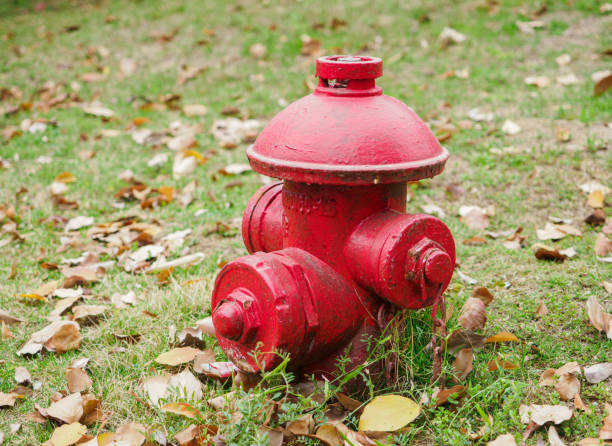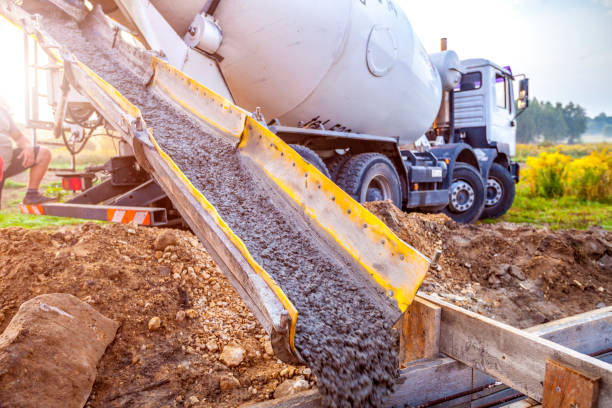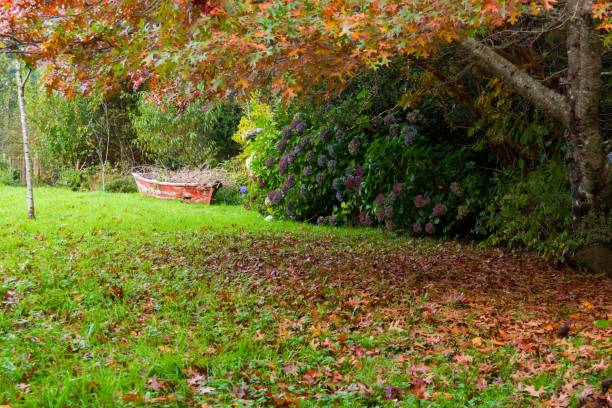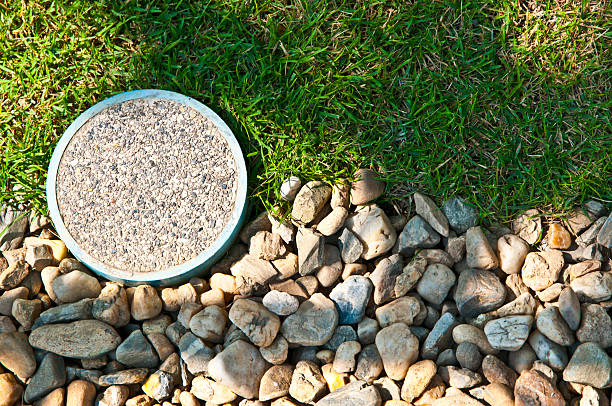How Does a Yard Hydrant Work?
If you have a large garden or a sprawling backyard, you know how important it is to have a reliable source of water for your plants, animals, or any outdoor activities. One solution that provides convenient water access is a yard hydrant. But how does a yard hydrant work? In this article, we will explore the inner workings of a yard hydrant, its components, installation process, maintenance tips, and the advantages it offers.
Introduction
Yard hydrants are outdoor water fixtures designed to provide easy access to water in remote areas. They are commonly used in gardens, farms, and other outdoor spaces where traditional water sources may not be readily available. A yard hydrant typically consists of several key components, each playing a crucial role in its functionality.
Components of a Yard Hydrant
Before we delve into the working mechanism of a yard hydrant, let’s familiarize ourselves with its main components:
Head Assembly
The head assembly is located above the ground and includes the handle, plunger, and linkage. The handle is used to operate the hydrant, while the plunger and linkage control the flow of water.
Standpipe
The standpipe is a vertical pipe connected to the water supply line. It extends below the frost line, ensuring that the water source remains unaffected by freezing temperatures.
Plunger Assembly
The plunger assembly is responsible for controlling the flow of water. It consists of a rubber seal that opens and closes as the handle is operated. When the handle is lifted, the plunger is pulled up, allowing water to flow. When the handle is lowered, the plunger seals the water flow.
Rod Assembly
The rod assembly connects the handle to the plunger assembly. When the handle is lifted or lowered, the rod moves accordingly, controlling the opening and closing of the plunger.
How Does a Yard Hydrant Work?
Now that we understand the components, let’s explore how a yard hydrant actually works.
Water Flow Mechanism
When the handle of the yard hydrant is lifted, it pulls up the plunger assembly, which opens the valve at the bottom of the hydrant. This allows water to flow up through the standpipe and out of the spout or nozzle located above the ground.
One of the key features of a yard hydrant is its ability to prevent freezing during colder months. The standpipe extends below the frost line, where the soil temperature remains relatively stable. This design ensures that the water source is protected from freezing, even when the temperature drops.
Installation of a Yard Hydrant
Installing a yard hydrant requires careful consideration of various factors to ensure optimal performance. Here are the general steps involved in the installation process:
Choosing the Right Location
Select a suitable location for the yard hydrant, keeping in mind factors such as proximity to water sources, accessibility, and the area you intend to water. It should be installed away from potential obstructions or objects that may limit its functionality.
Digging the Trench
Dig a trench from the water source to the chosen location for the yard hydrant. Ensure that the trench is deep enough to accommodate the standpipe, extending below the frost line.
Connecting to the Water Supply
Connect the yard hydrant to the water supply line using appropriate fittings and connectors. Follow the manufacturer’s instructions to ensure a secure and leak-free connection.
Maintaining a Yard Hydrant
To ensure the longevity and optimal performance of your yard hydrant, regular maintenance is essential. Here are some maintenance tips to keep in mind:
Regular Inspection and Cleaning
Periodically inspect the yard hydrant for any signs of damage, leaks, or blockages. Clean the spout or nozzle to remove any debris that may hinder water flow.
Winterization
Before the onset of freezing temperatures, it is crucial to properly winterize your yard hydrant. This involves shutting off the water supply, draining any remaining water from the hydrant, and insulating the above-ground components to protect them from frost.
Advantages of Using a Yard Hydrant
Yard hydrants offer several advantages that make them a popular choice for outdoor water access. Here are some benefits to consider:
Convenient Water Access
With a yard hydrant, you can have a reliable and convenient water source in remote areas without the need for long hoses or extensive plumbing installations. This is particularly beneficial for gardens, livestock watering, and other outdoor activities.
Protecting Water Supply Lines
By using a yard hydrant, you can minimize the risk of freezing and bursting water supply lines. The below-ground standpipe design ensures that the water source remains protected from freezing temperatures, even during harsh winters.
Frequently Asked Questions (FAQs)
Can I install a yard hydrant myself, or do I need professional assistance?
Installing a yard hydrant can be done as a DIY project, but it is recommended to consult a professional if you are unsure about the installation process or if you have complex plumbing requirements.
Are yard hydrants suitable for all climates?
Yes, yard hydrants are designed to withstand a wide range of climates. However, it is important to follow proper winterization procedures in regions with freezing temperatures.
Can a yard hydrant be used for drinking water?
While yard hydrants are primarily designed for outdoor use, some models can be connected to potable water sources. It is crucial to check the manufacturer’s specifications to ensure the suitability for drinking water.
How often should I inspect and maintain my yard hydrant?
Regular inspection and maintenance should be performed at least once a year. However, it is recommended to check the hydrant periodically for any signs of damage or leaks.
Can a yard hydrant be installed in any soil type?
Yard hydrants can be installed in various soil types, including clay, sandy, or loamy soil. However, it is important to ensure proper drainage to prevent waterlogging around the hydrant.
Final Thoughts
A yard hydrant serves as a reliable and convenient water source for gardens, farms, and other outdoor spaces. By understanding its components and working mechanism, you can make an informed decision about installing one in your own property. Regular maintenance and proper winterization will ensure its longevity and efficient performance throughout the seasons. With the advantages it offers, a yard hydrant is an excellent addition to any outdoor space.







